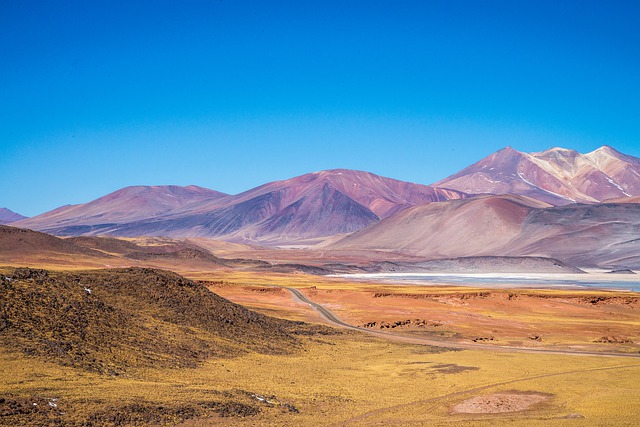Due to rising global temperatures, deserts have moved north by almost 100 kilometers since the late 1980s.

According to a study published in the journal Geophysical Research Letters, desert climate is becoming more common in Central Asia along with rising temperatures in the last 35 years.
At the same time, the reverse process occurs in mountainous areas: the climate there becomes more humid due to the melting of glaciers. These changes threaten local ecosystems and local populations.
Most of the region is already characterized by arid climate and low rainfall. This means that as the temperature rises, the evaporation processes accelerate and the likelihood of droughts increases.
Climatologists Ki Hu and Qihang Han from Lanzhou University in China compared data on air temperature and precipitation in 1960 and 2020, dividing Central Asia into 11 climatic zones. They managed to find out that since the late 1980s, the desert climate zone has expanded to the east and north by 100 kilometers in northern Uzbekistan and Kyrgyzstan, in southern Kazakhstan and in the area of the Dzungarian basin in northern China.
Similar to the domino effect, it also affected neighboring climatic zones, which became more arid. In some areas, the average temperature from 1990 to 2020 was 5°C higher than in the time period from 1960 to 1979. At the same time, the summer became drier, and the rains mostly fell in winter.
Over time, plants that are more resistant to heat and drought have displaced their moisture-loving counterparts. This, in turn, affected pasture animals, which depend on steppe fauna as the main source of nutrition.
Another factor contributing to desertification is economic activity — agriculture and mining. Therefore, scientists believe that the development of sustainable farming methods is especially important for Central Asia.
In mountainous areas, the situation is reversed. In the Tien Shan Mountains in northern China, the temperature rise is accompanied by an increase in precipitation, which now more often falls as rain rather than snow. This, in turn, accelerates the melting of glaciers at high altitudes. Without snow, glaciers do not recover, which leads to the depletion of water sources — rivers, streams and lakes that are fed from glaciers.
